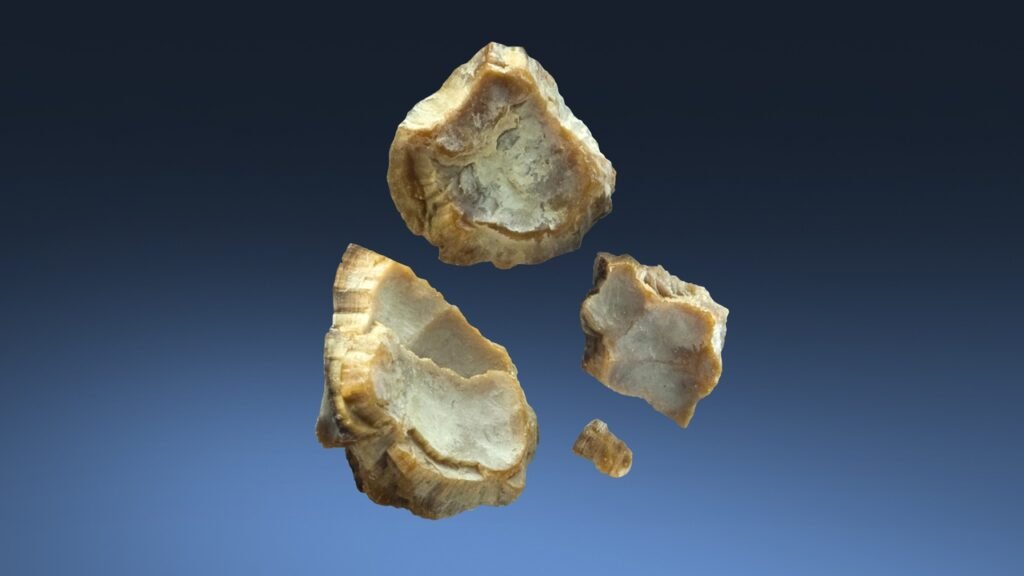Introduction: Kidney stones can be excruciatingly painful, affecting millions of people worldwide. Fortunately, advancements in medical technology have provided several effective treatment options to alleviate this discomfort. Two popular methods are stone surgery and lithotripsy. In this blog, we’ll delve into these techniques, their differences, and how they help patients regain their quality of life.
Understanding Kidney Stones: Before diving into the treatments, let’s briefly understand what kidney stones are. These are hard deposits of minerals and salts that form in the kidneys when urine becomes concentrated, leading to crystallization. They can vary in size, from as small as a grain of sand to as large as a golf ball, and may cause severe pain when they move through the urinary tract.
Stone Surgery: Stone surgery, also known as ureteroscopy or percutaneous nephrolithotomy (PCNL), involves physically removing the kidney stones from the urinary tract. It’s typically recommended for larger stones or those that cannot be effectively fragmented through other means.
Procedure:
- Ureteroscopy: A thin, flexible scope called a ureteroscope is inserted through the urethra and bladder into the ureter or kidney. Once the stone is located, specialized instruments are used to grasp and remove it.
- Percutaneous Nephrolithotomy (PCNL): In this procedure, a small incision is made in the back, and a nephroscope is passed directly into the kidney to locate and remove the stones. It’s often preferred for larger stones or when other methods are ineffective.
Benefits:
- Effective for larger stones.
- Minimally invasive compared to traditional open surgery.
- Shorter recovery time compared to open surgery.
Lithotripsy: Lithotripsy is a non-invasive procedure that uses shock waves to break kidney stones into smaller pieces, allowing them to pass more easily through the urinary tract. There are two main types of lithotripsy: extracorporeal shock wave lithotripsy (ESWL) and laser lithotripsy.
Procedure:
- Extracorporeal Shock Wave Lithotripsy (ESWL): During ESWL, the patient lies on a specialized table or water bath, and shock waves are directed at the kidney stone from outside the body, usually using X-ray or ultrasound guidance. The shock waves break the stone into smaller fragments that can be passed naturally through urine.
- Laser Lithotripsy: This procedure involves using a laser fiber inserted through a scope to break up the stone into smaller pieces. The fragments are then either removed with a basket or allowed to pass naturally.
Benefits:
- Non-invasive, no incisions required.
- Minimal discomfort and shorter recovery time compared to surgery.
- Can be used for smaller stones and in patients who are not suitable candidates for surgery.
Conclusion: Kidney stones can be a painful and debilitating condition, but advancements in medical technology have provided effective treatment options such as stone surgery and lithotripsy. While stone surgery is preferred for larger stones, lithotripsy offers a non-invasive alternative for smaller stones or patients who may not be suitable candidates for surgery. Consulting with a urologist can help determine the most appropriate treatment based on individual circumstances, ultimately providing relief and improving quality of life for patients suffering from kidney stones.

